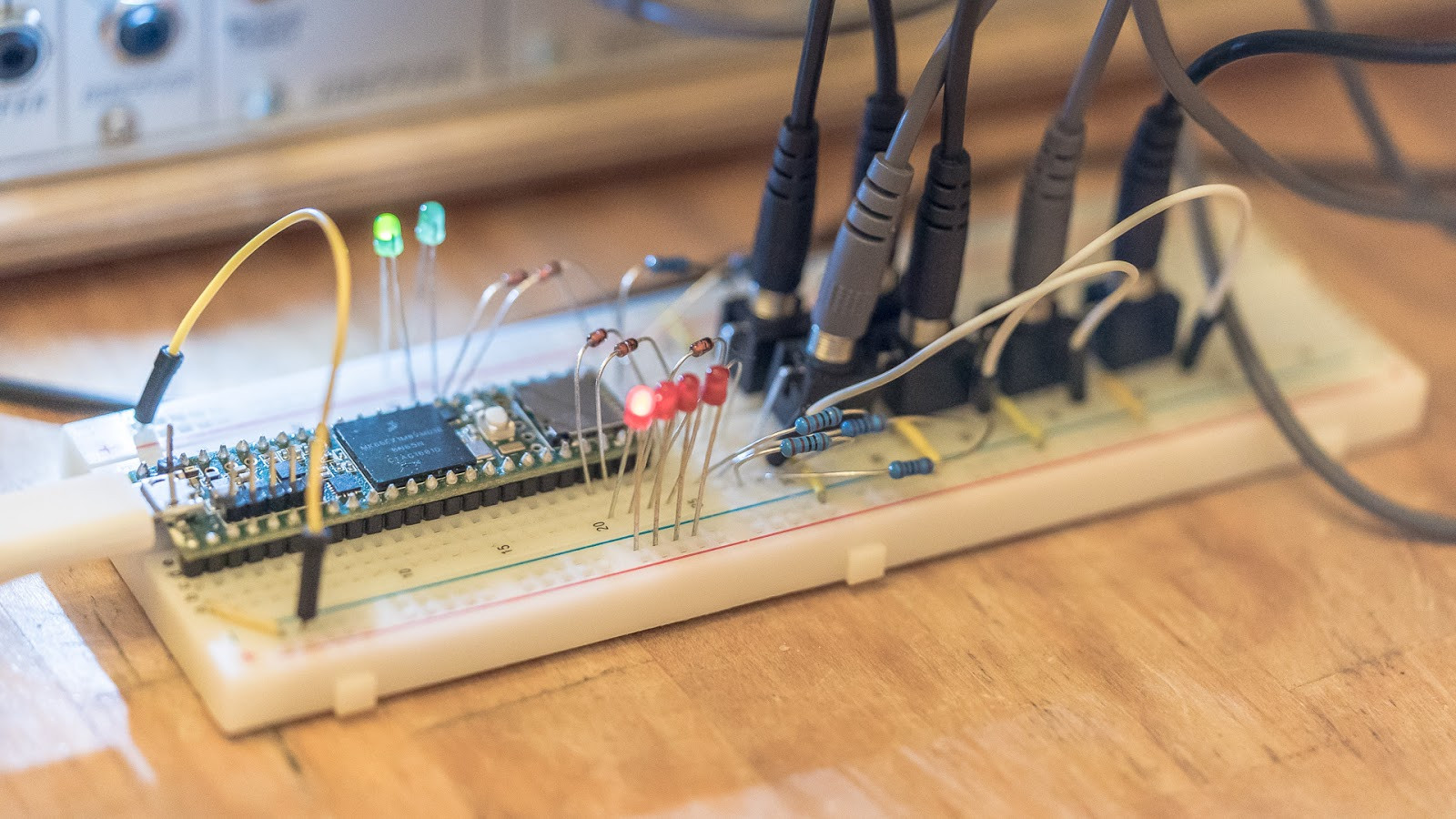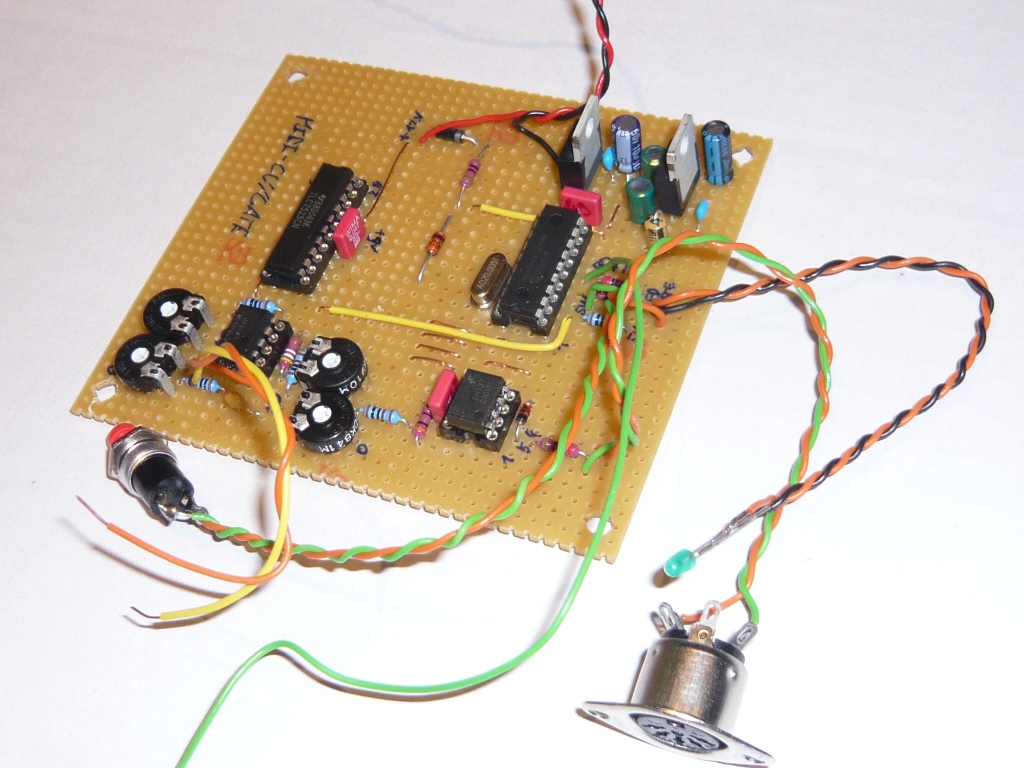renegade-system-generator
New Member
Sincere apologies for any ignorance I'm about to display, I'm more an artist than an engineer. If I am building a synthesizer which has multiple relaxation transistor oscillators all going into one output, running off of 9v, how I would I look into combining a MIDI input so you could control them like synth voices with a musical keyboard. I have looked into building the MIID input circuit with an optocoupler and I think I understand that I need some kind of microcontroller (arduino/teensy?) to convert the digital signals into something that triggers the oscillators? Does this make any sense? Would the MIDI input circuit work off the 9V? Would I have to decrease the voltage going to the circuit?
I've looked on youtube and online quite extensively but I need to converse with someone that can help.
Thanks
I've looked on youtube and online quite extensively but I need to converse with someone that can help.
Thanks





